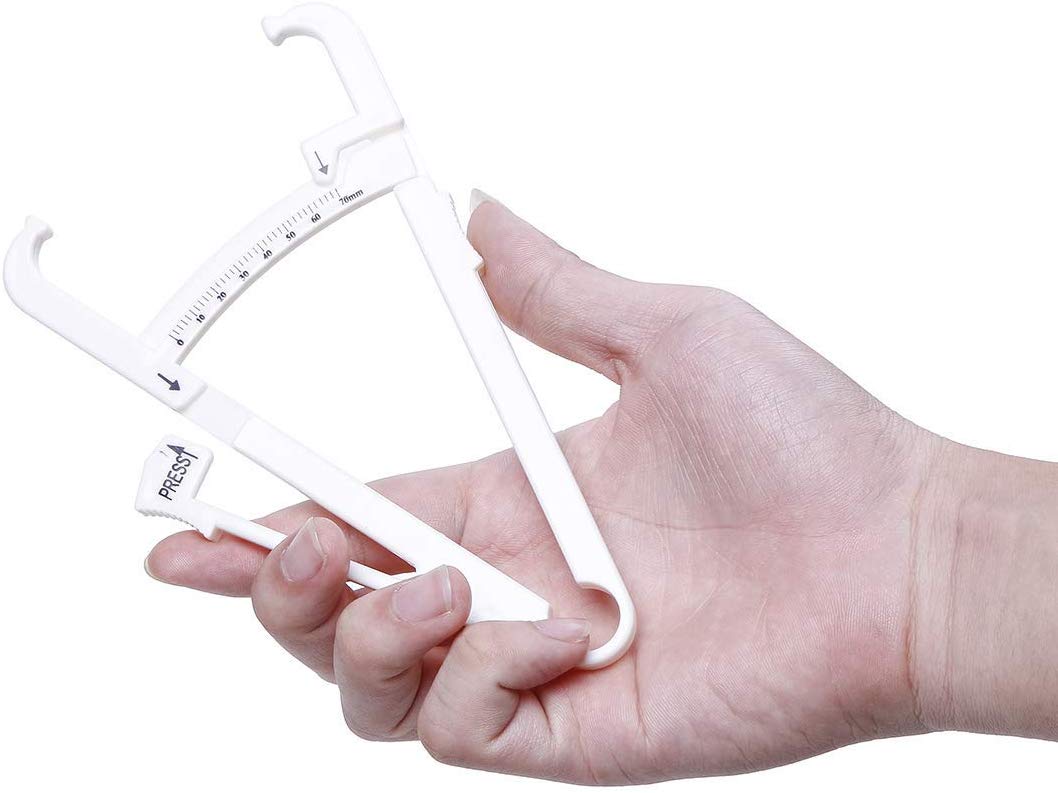

For an event like the marathon, in which the athletes carry their body weight, having a low body fat percentage, and low total body weight will decrease the energy cost of running, further contributing to their performance (Tanda & Knechtle, 2013). Similarly, a key performance indicator for marathon events or long-distance running is a low body fat percentage, which is crucial in planning the yearly periodisation for the athletes in and out of their main competition seasons (Burke, 2007). In this case, DEXA and skinfolds might be used jointly so that both accurate numbers of actual body fat percentage through DEXA, and more frequent check-ins with an ISAK-certified specialist for skinfolds could be used. Many studies have highlighted the importance of a low percentage of body fat for good climbing performance, and therefore is measured routinely in testing batteries (Romero et al., 2009).

How does body composition affect performance?ĭepending on the physiological demands of the sport, anthropometry could be one of the key performance indicators in competition, as it is in sport climbing. In this article, the advantages and shortcomings of the skinfold calipers as a means of estimating body composition will be thoroughly discussed. Are they perhaps inaccurate or even overused in the fitness and sport science industries?.Where does that leave skinfold calipers?.In living subjects (in-vivo), however, DEXA is currently seen as the gold standard. Currently, the absolute gold standard for body composition measurement is cadaver analysis (Armstrong, 2007 Wells, 2005), as no other in-vivo technique will be as accurate as the dissection technique. There are numerous ways to measure body composition, including, but not limited to, body mass index (BMI), underwater weighing, dual-energy x-ray absorptiometry (DEXA), air-displacement plethysmography, skinfold calipers, or somatotyping. Although the organisation has thousands of members and holds itself to a high standard of excellence, professionals in the field of sports science and strength and conditioning are not legally required to hold an ISAK certification to provide anthropometric services. Anthropometry uses girths, skinfolds, bony widths, and lengths to get more information about the athlete’s physique (Stewart, Marfell-Jones, Olds, de Ridder, 2011).Ĭurrently, the Level 3 Anthropometrist course delivered by ISAK (International Society for the Advancement of Kinanthropometry) is the highest international standard for kinanthropometry (Stewart, A., Marfell-Jones, M., Olds, T., de Ridder, 2011).



 0 kommentar(er)
0 kommentar(er)
